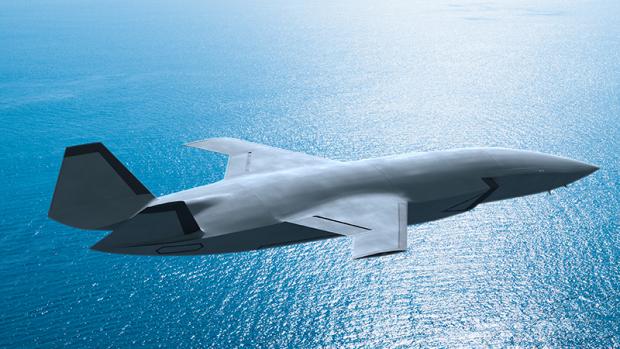
Breaking News
 Windows 10 is DEAD in 2025? -- Here's How I Run It SAFELY Forever (No Updates)
Windows 10 is DEAD in 2025? -- Here's How I Run It SAFELY Forever (No Updates)
 GENIUS ACT TRIGGERED: The Biggest BANK RUN in History is COMING – Prepare NOW
GENIUS ACT TRIGGERED: The Biggest BANK RUN in History is COMING – Prepare NOW
 European Billionaires Funneled $2 Billion into NGO Network to Fund Anti-Trump Protest Machine
European Billionaires Funneled $2 Billion into NGO Network to Fund Anti-Trump Protest Machine
 Japan Confirms Over 600,000 Citizens Killed by COVID mRNA 'Vaccines'
Japan Confirms Over 600,000 Citizens Killed by COVID mRNA 'Vaccines'
Top Tech News
 HUGE 32kWh LiFePO4 DIY Battery w/ 628Ah Cells! 90 Minute Build
HUGE 32kWh LiFePO4 DIY Battery w/ 628Ah Cells! 90 Minute Build
 What Has Bitcoin Become 17 Years After Satoshi Nakamoto Published The Whitepaper?
What Has Bitcoin Become 17 Years After Satoshi Nakamoto Published The Whitepaper?
 Japan just injected artificial blood into a human. No blood type needed. No refrigeration.
Japan just injected artificial blood into a human. No blood type needed. No refrigeration.
 The 6 Best LLM Tools To Run Models Locally
The 6 Best LLM Tools To Run Models Locally
 Testing My First Sodium-Ion Solar Battery
Testing My First Sodium-Ion Solar Battery
 A man once paralyzed from the waist down now stands on his own, not with machines or wires,...
A man once paralyzed from the waist down now stands on his own, not with machines or wires,...
 Review: Thumb-sized thermal camera turns your phone into a smart tool
Review: Thumb-sized thermal camera turns your phone into a smart tool
 Army To Bring Nuclear Microreactors To Its Bases By 2028
Army To Bring Nuclear Microreactors To Its Bases By 2028
 Nissan Says It's On Track For Solid-State Batteries That Double EV Range By 2028
Nissan Says It's On Track For Solid-State Batteries That Double EV Range By 2028
Loyal Wingman combat drone completes first high-speed taxi tests

Conducted by Boeing and the Royal Australian Air Force (RAAF) at an undisclosed location in Australia, the tests were designed to verify if the craft functions as expected at accelerated speeds.
Initial low-speed taxis carried out in October saw the 38-ft-long (11.7-m) prototype reach speeds of up to 14 knots (16 mph, 26 km/h) and stop on command in order to check the functioning and integration of the drone's systems, such as the steering, brakes, and engine controls.
These were then followed by medium-speed and now high-speed taxi tests, though Boeing does not specify what speed the unmanned aircraft reached in the latest round, which involved one of three class prototypes being built under Australia's Advanced Development Program.
The tests are currently suspended, with final verification to be carried out before the first flights are given the green light in 2021.
"Our test program is progressing well, and we are happy with the ground test data we have collected to date," says Paul Ryder, Boeing Flight Test manager. "We are working with the Air Warfare Centre to complete final test verifications to prepare for flight testing in the new year."
Boeing says that, when operational, the Loyal Wingman will be able to act as a teammate with piloted combat units and other UAVs. It will have a range of 2,000 nm (2,301 miles, 3,704 km) and performance comparable to that of a conventional fighter jet, as well as electronic warfare capabilities and yet to be determined armaments. It's the first military aircraft to be designed and built in Australia in 50 years.

 Carbon based computers that run on iron
Carbon based computers that run on iron

